Log in or create new account to save this product to your wishlist.

Plant Feed: When, Why, & Which Fertiliser to Use
Fertiliser comes in different shapes and sizes—not to mention with various nutritional values. Picking the right feed for your plant is consequently quite the process. Find out what you need to look out for.
🌱 All important maintenance moments for your lawn during the year. Leave your email and we will send you the lawn calendar for free.
Enter your email
Receive the lawn calendar in the mail
Enjoy a green lawn all year round!

- Order by 2PM = shipped today
- 250.000+ satisfied customers!
- 60 day satisfaction guarantee
There is a lot of joy in nurturing your green companions and witnessing their growth. To keep your plants healthy, you need to give them the right nutrients. This is where plant feed comes into play.
- Plants need nutrients
- The importance of plant feed
- When to use plant feed
- Choosing the right fertiliser for your plants
- How to apply plant feed
- Considering soil and pH-value when choosing plant feed
- Common mistakes to avoid when using plant feed
- Plant feed FAQ
- Ready to go?
Plants need nutrients
Plants require a balanced diet to flourish, just like us! While sunlight and water are crucial, they are not sufficient on their own.
Through their roots, plants draw moisture and nutrients from the soil. In this case, Nitrogen (N), phosphorus (P) and potassium (K) are especially important.
- Nitrogen is responsible for leaf and stem growth.
- Phosphorus promotes root development.
- Potassium aids in overall plant health and disease resistance.
Also, plants need secondary macronutrients like calcium and magnesium as well as micronutrients like iron, manganese, and zinc. Each nutrient plays a unique role in supporting the various physiological processes of plants.
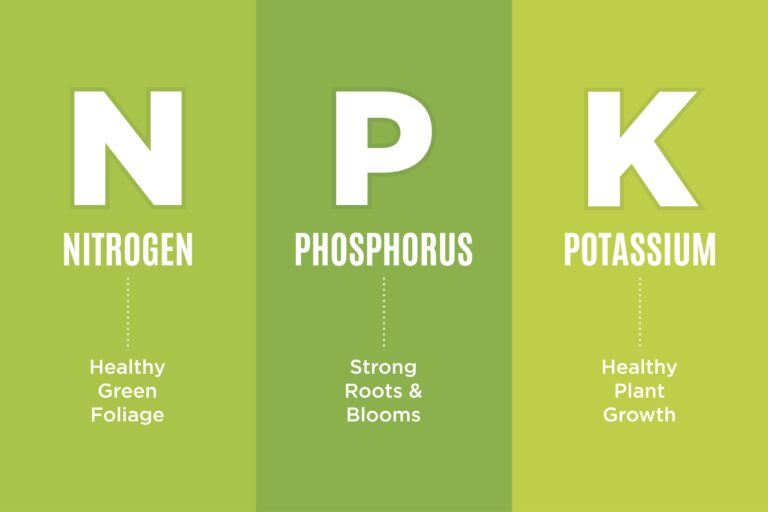
The importance of plant feed
In natural forests and wild meadows, the nourishment in the soil replenishes by time. Microorganisms break down plant matter and animal droppings on the surface, and the rain helps work it into the soil. A lot is happening underground as well.
This process doesn’t work efficiently in well manicured gardens for several reasons. Foremost, the plants don’t naturally grow where the conditions are best. Instead, they have to thrive wherever you put them. Additionally, flowering plants that draw numerous nutrients from the soil are often placed in proximity. All this and the fact, that organic plant matter such as foliage is typically removed, before microorganisms can turn it into food for your greenery, makes plant feed essential for the health of your garden.
Without proper nourishment, plants may exhibit stunted growth, yellowing leaves, and decreased resistance to pests and diseases. By incorporating plant feed into your gardening routine, you can ensure that your plants receive the necessary nutrients to reach their full potential.

Different Types of Plant Feed
When it comes to plant feed, you’ll find a plethora of options available. The two primary categories are organic and synthetic fertilisers.
Organic fertilisers are derived from natural sources, such as compost, animal manure, and bone meal. They release nutrients slowly and improve soil structure over time.
Synthetic fertilisers are chemically manufactured and provide nutrients in a readily available form. They offer quick results, but may have a negative impact on the environment if overused.
Fertiliser Types
Within these categories, you’ll find various formulations, such as granular fertilisers, liquid fertilisers, and slow-release fertilisers.
Granular fertilisers are easy to apply and provide a slow-release of nutrients.
Liquid fertilisers are quickly absorbed by plants and are suitable for foliar feeding.

Slow-release fertilisers are ideal for busy gardeners, as they gradually release nutrients over an extended period, reducing the need for frequent applications.
When to use plant feed
Plants have different nutritional requirements at various stages of their growth cycle. As a general rule, it is best to apply plant feed during the active growing season. For most plants, this corresponds to spring and summer. Winter-flowering varieties, for example, may benefit from a late summer or early autumn feeding to support their upcoming bloom.
It is important to monitor your plants for signs of nutrient deficiencies. If you notice slow growth, pale leaves, or lacklustre blooms, it may be time to provide a boost of plant feed. Additionally, newly transplanted or recently repotted plants can benefit from an initial feeding to aid in their establishment.
Are you fond of potted plants? Then check out our top 20 evergreen plants for pots.
Choosing the right fertiliser for your plants
To select the appropriate fertiliser for your plants, just consider the specific nutritional needs of your plants. They have varying requirements based on their growth habits, flowering patterns, and environmental conditions.
Leafy green vegetables usually thrive with a nitrogen-rich fertiliser, while flowering plants may require a balanced formulation to support both foliage and blooms.
Which fertiliser is the best for what type of plant?
Different types of plants have unique nutritional requirements, and selecting the right fertiliser can optimise their growth and productivity. Here are some recommendations for common plant groups:
Flowering plants: Choose a fertiliser with a higher phosphorus content to promote flower bud formation and vibrant blooms. Look for NPK ratios like 5-10-5 or 10-20-10.
Vegetables and herbs: Opt for a balanced fertiliser with moderate levels of nitrogen, phosphorus, and potassium. Ratios such as 10-10-10 or 14-14-14 are suitable for most edible plants.

Fruit trees: Look for a fertiliser formulated specifically for fruit trees, with a higher potassium content to support fruit development. Ratios like 8-3-9 or 10-10-20 are often recommended.
Indoor plants: Choose a balanced liquid fertiliser that is diluted according to the manufacturer’s instructions. Apply during the active growing season and reduce or suspend feeding during the dormant period.
How to apply plant feed
Applying plant feed correctly is crucial to ensure optimal nutrient uptake and prevent damage to plants.
- Read the Instructions
Familiarise yourself with the recommended application rates and frequency specified on the packaging.
- Water the soil
Before applying the fertiliser, water the soil thoroughly. This prevents the fertiliser from contacting the plant’s roots, minimizing the chance of root burn.
- Even distribution
Spread the granular fertiliser evenly around the base of the plants, keeping it a few inches away from the stem or trunk. For liquid fertilisers, dilute them according to the instructions and apply evenly to the soil or foliage.
- Water after application
After applying the plant feed, water the soil again to help dissolve the fertiliser and promote nutrient absorption.
- Avoid foliar contact
When using granular fertilisers, avoid letting the product come into direct contact with the leaves, as it can cause leaf burn. If foliar feeding is desired, use a liquid fertiliser formulated for that purpose.
Considering soil and pH-value when choosing plant feed
The soil composition and pH level influence the availability of nutrients in the ground. Doing a soil test tells you how many nutrients are in the soil and how acidic it is.

Soil pH: Some plants prefer acidic soil (pH below 7), while others thrive in alkaline soil (pH above 7). Adjusting the soil pH, if necessary, can enhance nutrient uptake. Acid-loving plants benefit from fertilisers formulated for acid-loving plants, while alkaline soil may require amendments to lower pH.
Soil Composition: Sandy soils tend to drain quickly and may require more frequent fertiliser applications. Clay soils, on the other hand, retain moisture and nutrients, requiring less frequent feeding. Organic matter, such as compost, can enhance soil structure and nutrient retention.
Common mistakes to avoid when using plant feed
Much is better—or isn’t it? When it comes to plant feed, the correct application is key. Here are some common mistakes you may want to avoid.
Overfertilisation: Applying too much fertiliser can burn the plant’s roots, leading to nutrient imbalances and stunted growth. Always follow the recommended application rates and frequency provided by the manufacturer.
Underfertilisation: Neglecting to provide adequate plant feed can result in nutrient deficiencies, poor growth, and low yields. Check your plants to see if they need more nutrients and change the way you feed them accordingly.
Improper application: Applying the fertiliser on the leaves instead of the soil, or vice versa, can lead to inefficient nutrient absorption. Follow the manufacturer’s instructions for proper application methods.
Using expired fertilisers: Check the expiration date on your fertiliser packaging. Expired fertilisers may lose their potency and fail to provide the necessary nutrients to your plants.
Neglecting soil Health: Fertilisers are not a substitute for healthy soil. Ensure your soil is well-draining, rich in organic matter, and has the appropriate pH level to support your plants’ nutritional needs.
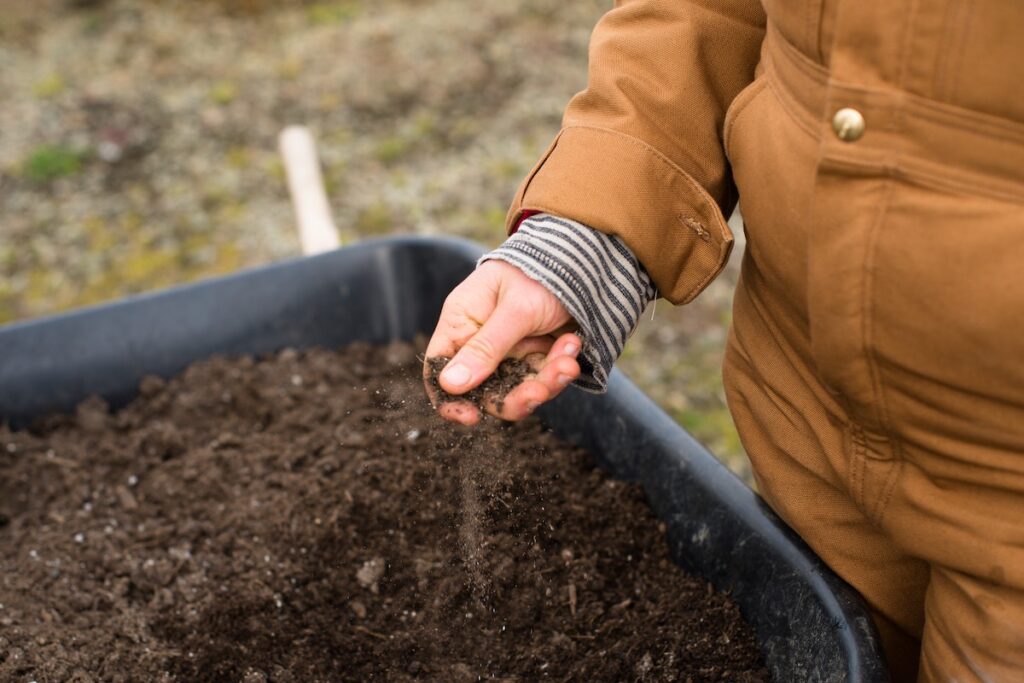
Plant feed FAQ
Tomato plants thrive on a balanced fertiliser with higher levels of phosphorus and potassium. A 5-10-10 fertiliser or a similar formulation is ideal for promoting healthy fruit development. Additionally, organic options like compost, well-rotted manure, or fish emulsion provide essential nutrients. During the growing season, plants need to be fed every 2 to 3 weeks to get enough nutrients and produce the best crops.
While seaweed fertiliser is beneficial for many plants, it may not be suitable for succulents like cacti and certain desert plants that are not accustomed to the high levels of moisture associated with seaweed-based products. Some plants, such as azaleas and rhododendrons, may not like seaweed fertiliser because it is alkaline.
For flowering plants, a balanced, all-purpose fertiliser with equal parts of nitrogen, phosphorus, and potassium, such as a 10-10-10 blend, provides the necessary nutrients for healthy blooms. Specific flower-focused plant feed with higher phosphorus content, like a 15-30-15 formulation, can also encourage prolific flowering and overall plant vitality.
Ready to go?
With the right plant feed, your garden will (continue to) thrive and maybe put a smile on your face. If you are eager to learn even more about fertiliser and plant nutrients, you can have a look at our comprehensive guide to NPK fertilisers. If you want to keep it natural, you can learn how to make compost from a-z.
Please share your experience with plant feed in the comments, or ask us a question.
Happy gardening!
-
Orchids: A Complete Guide on How to Care for ThemWant to give your orchid the best possible care? Discover essential tips from placement to watering and pruning. Learn everything you need to know!Read more
-
Growing Wisteria Made Simple: From Planting to Perfect BloomsWith blossoms like a purple waterfall, Wisteria sets an almost magical and colourful mood. If you want to grow this beauty in your garden, you’ll need a bit of patience. Don’t worry, it will most definitely pay off.Read more
-
How to Build a DIY Greenhouse: A Practical Guide for Smart SpendersImagine extending your growing season throughout the year, nurturing tender plants regardless of the weather, and creating a personal garden sanctuary. This is precisely what a DIY greenhouse offers you. Let’s learn how to build one.Read more
-
How to Grow Eucalyptus in British GardensWith a little love and care, eucalyptus trees can thrive in English gardens. Since they don’t germinate well without proper help, there are not considered invasive. So, there is no reason not to plant them if you enjoy their looks.Read more
-
Transform Your Garden with All-Year-Round Flowering PlantsDid you know you can enjoy blooming flowers even in January? With the right selection of all year round plants, there’s no need to wait until spring to add some colour to your garden.Read more
-
How to Create a Butterfly Garden: A Simple Guide for British GardensThe UK's butterfly population includes 59 different species. These beautiful winged creatures face a steady decline because of habitat loss, pollution and changing weather patterns. Your garden can become a vital link between nature reserves and natural habitats. Let’s explore how.Read more
-
Volcanic Rock Dust for Your Garden—Application and TipsDid you know that volcanic rock dust is a brilliant organic soil improver? This article explains exactly what it's good for and how to use it properly.Read more
-
How to Use Landscape Fabric ProperlyIf weeds or erosion in your garden are troubling you, landscape fabric might be the solution. We’ll explain how and when to use it properly, just keep on reading.Read more
Leave a comment
Your answer will be displayed on the site and the interested party will be notified by email.
Leave a comment
Have a question or want to share your experience? Leave us a comment.

- Order by 2PM = shipped today
- 250.000+ satisfied customers!
- 60 day satisfaction guarantee

- Order by 2PM = shipped today
- 250.000+ satisfied customers!
- 60 day satisfaction guarantee

🌱 All important maintenance moments for your lawn during the year. Leave your email and we will send you the lawn calendar for free.
Enter your email
Receive the lawn calendar in the mail
Enjoy a green lawn all year round!



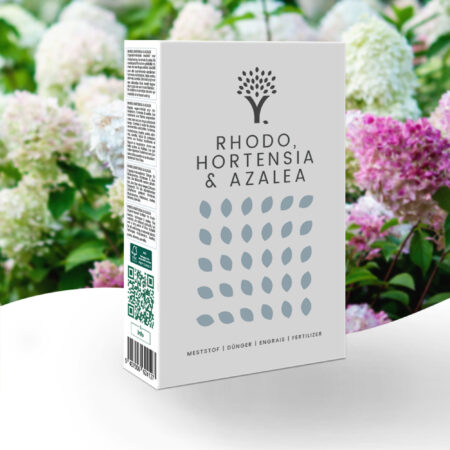
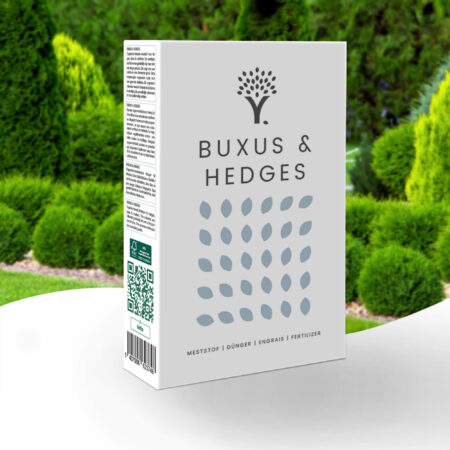
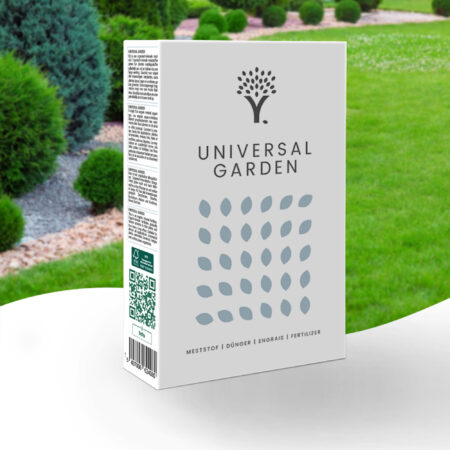



















Comments (0)
There are no comments yet. Well then, what are you waiting for to
Be the first to write your comment!inaugurate this pretty page?
Do you have some comments?